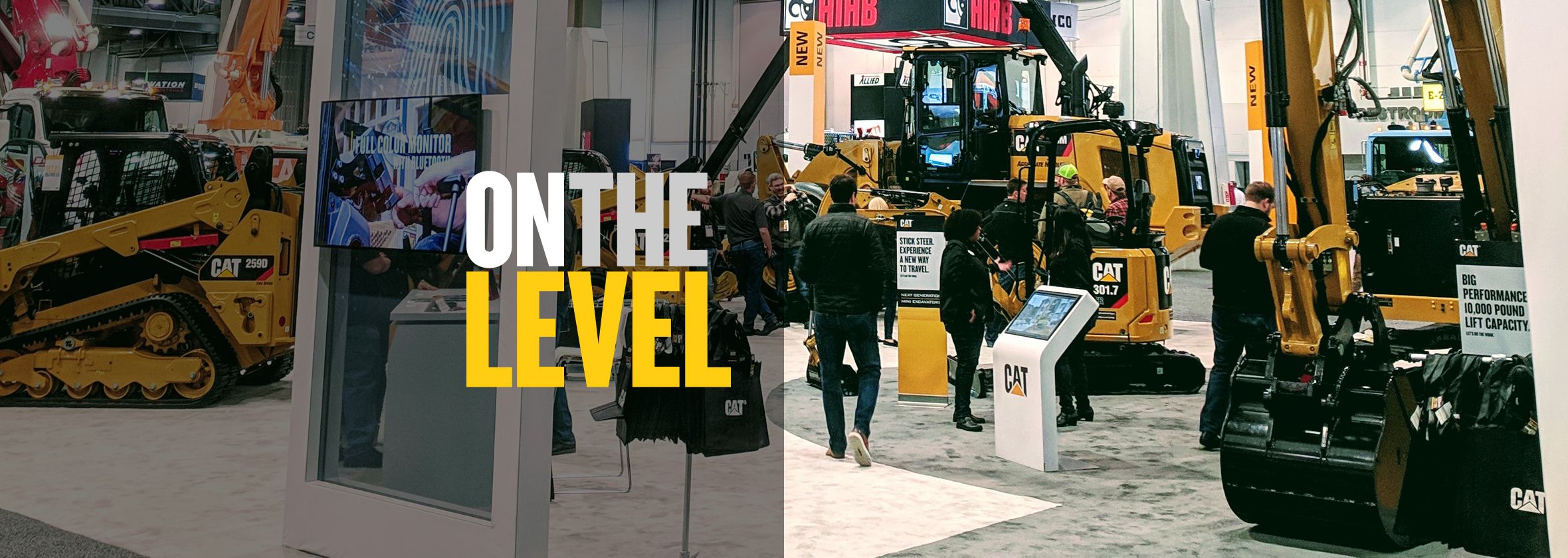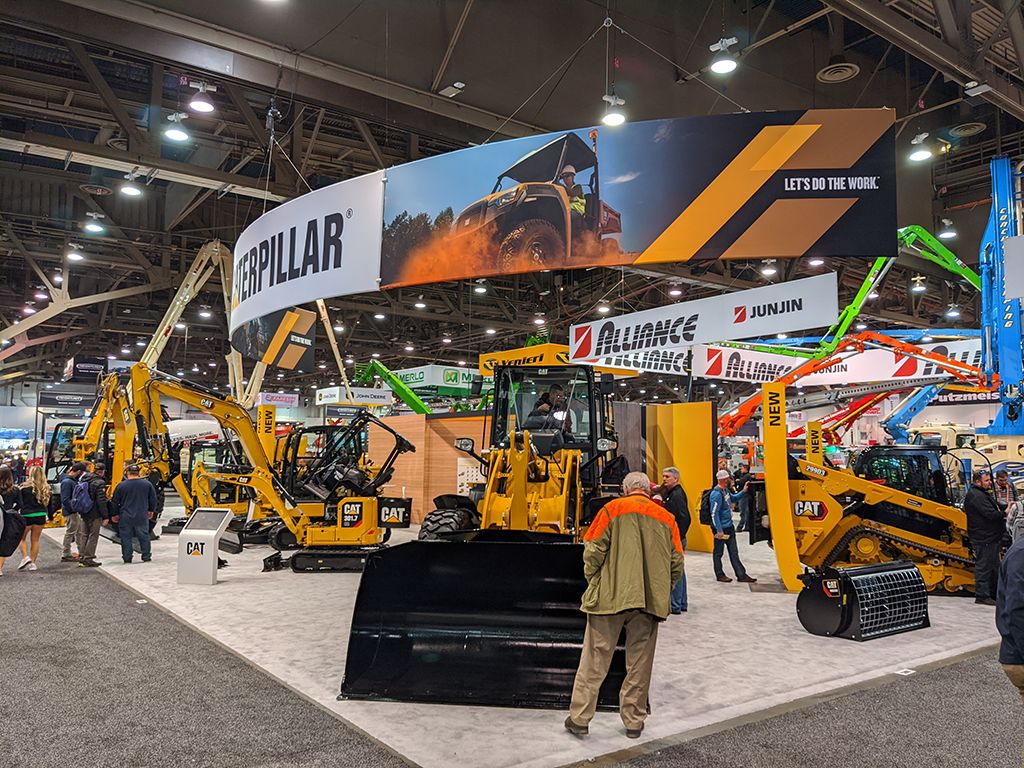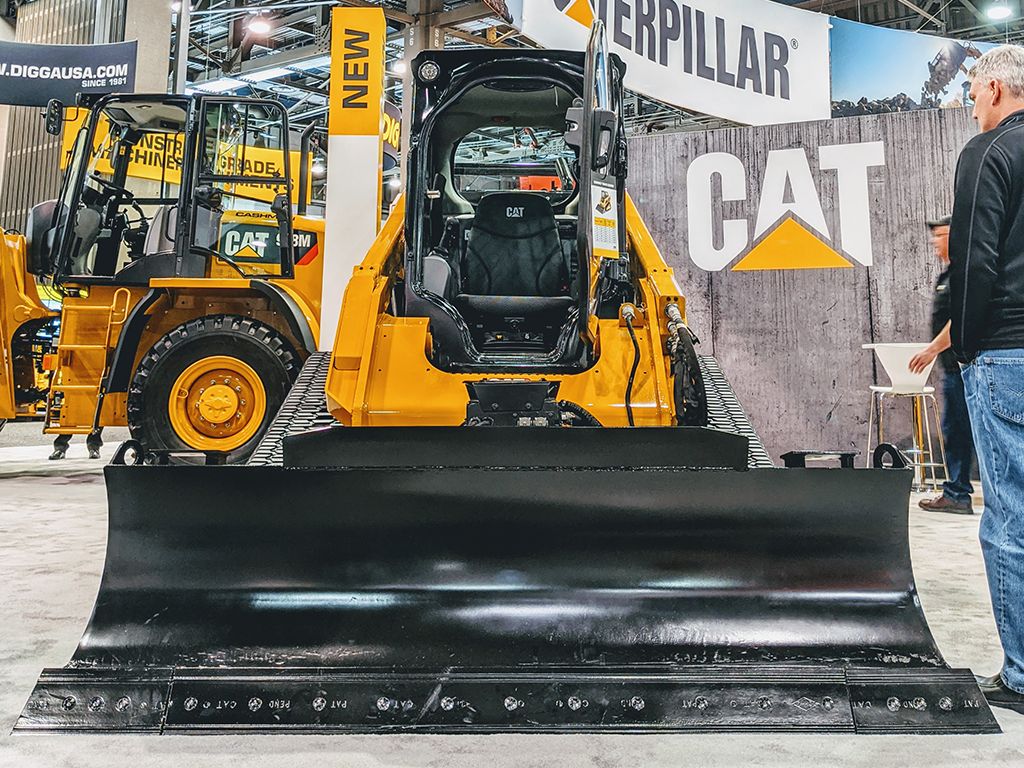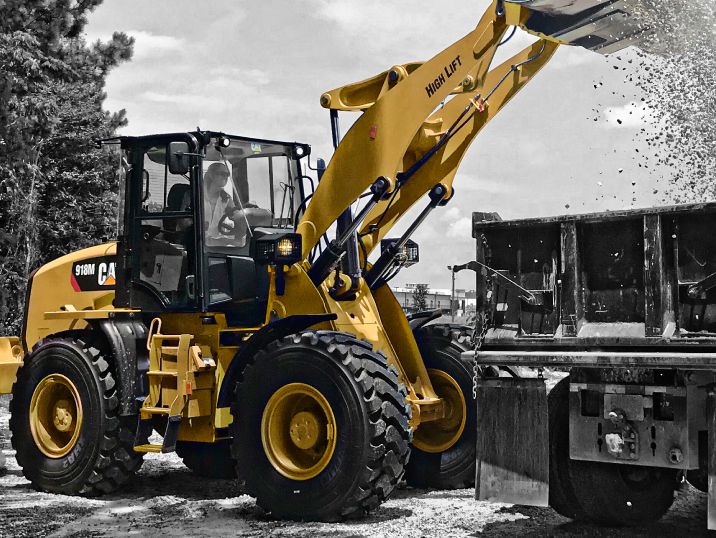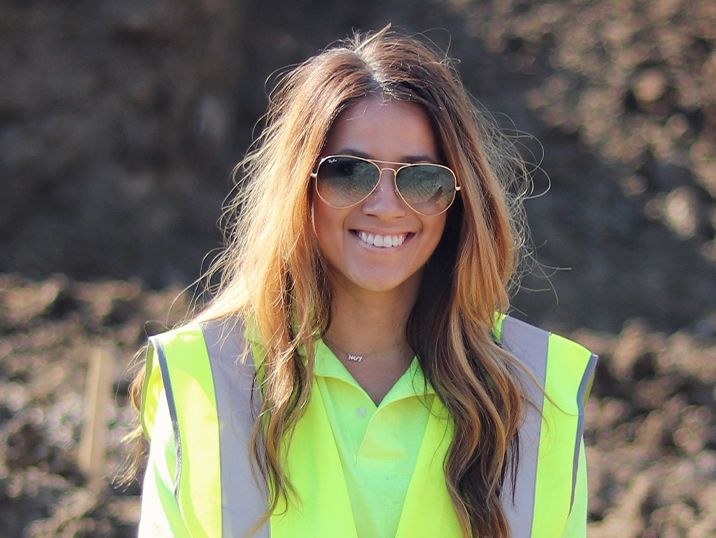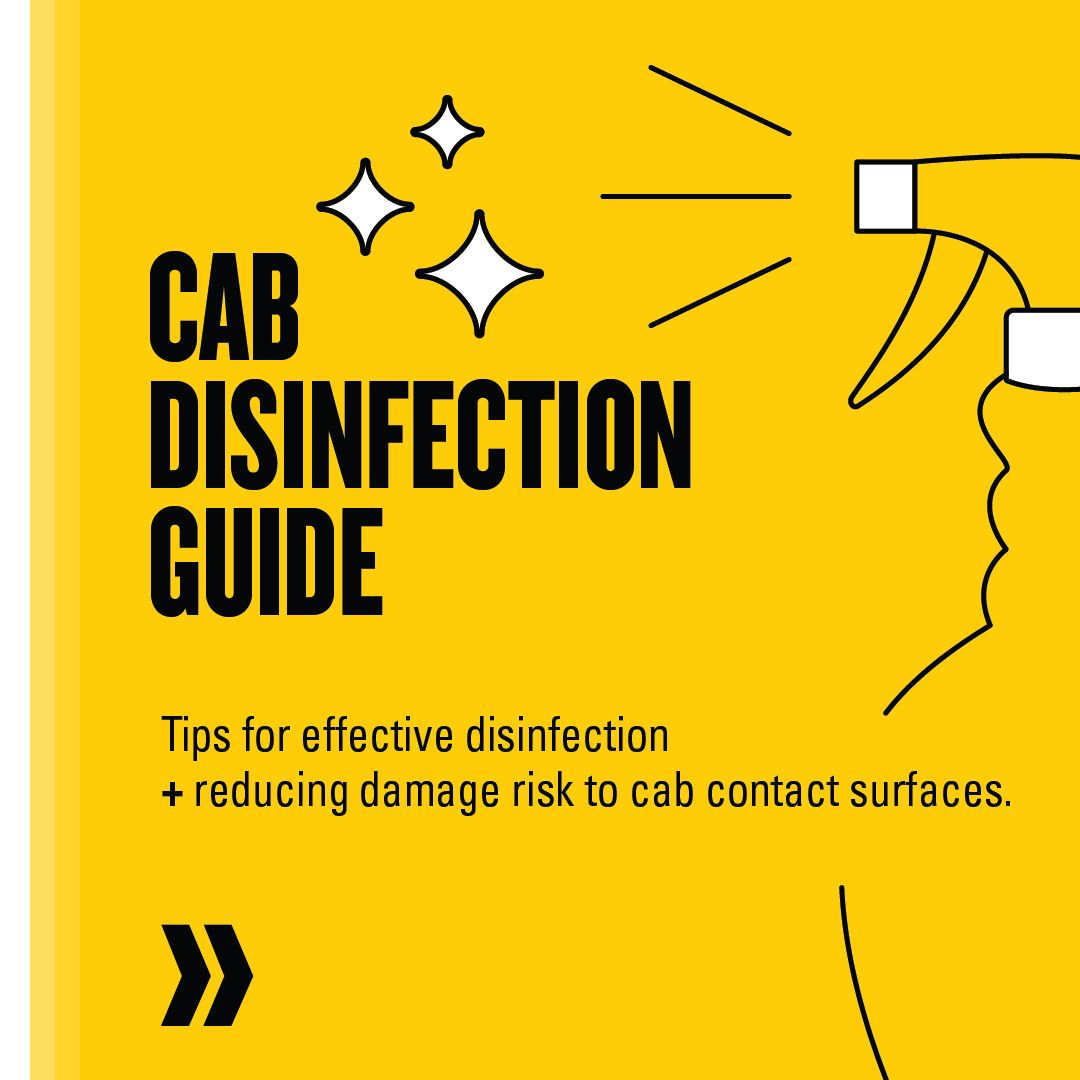

Sign In
Welcome! Sign In to personalize your Cat.com experience
If you already have an existing account with another Cat App, you can use the same account to sign in here
Register Now
One Account. All of Cat.
Your Caterpillar account is the single account you use to log in to select services and applications we offer. Shop for parts and machines online, manage your fleet, go mobile, and more.
Account Information
Site Settings
Security
Creating a Safety Culture Workplace
World of Concrete 2020 Recap
Dani Watson | Construction Marketing Consultant
Creating a safety culture workplace is the top priority for us at Caterpillar, and I believe we share that value with our customers and with businesses throughout construction industries worldwide. It’s a word that’s thrown around a lot. It’s a concept that’s seen many rules and regulations built around it. But it’s also a cultural value – an incredibly important one at that. A company’s culture can greatly influence and affect the safety of its workers.
Simply put, a company’s safety culture is reflected in what people do when no one is watching. Do they perform work the safe way with the correct process and tools even though it takes longer, or do they take shortcuts to get the job done faster because they believe that’s what their boss actually wants? The attitudes, beliefs and ideas about what is correct, safe and appropriate are psychological artifacts, reinforced by the actions (or inactions) of leaders over time. What leaders allow, they also promote. What they recognize will be repeated.
I had the opportunity to attend World of Concrete this year, and Justin Ganchow of Caterpillar Safety Services spoke at length on this topic and others at the event. I had the chance to spend some time with him to understand why this message is so important and in such high demand.


Curiosity vs. Compliance
Compliance with rules and regulations is important and has without a doubt made our industry safer. But it’s not enough. Regulations focus solely on managing and mitigating hazards. Justin and his team approach workplace safety from a perspective of curiosity rather than compliance.
“What we’ve learned is that it’s not the mere presence of hazards on a worksite that result in employees getting injured. In most cases, the root cause of workplace injuries is behavior driven by psychology. What really excites me and other progressive leaders and safety professionals is the journey of understanding these curiosities and how to use them to our advantage in improving workplace safety culture and overall safety results,” he said.
What drives our behavior when it comes to workplace safety?
Behavior is shaped by attitudes, beliefs and ideas. We are constantly assessing whether our actions in a given situation are going to benefit us or protect us from a threat. Justin walked me through SCARF, a popular model for explaining human motivation in response to social factors:
- Status
- Certainty
- Autonomy
- Relatedness
- Fairness
“If we are worried about SCARF issues while on the job, we increase the risk of injury from hazards we may have otherwise been focused on,” he notes. This is why you might see an increase in injuries during periods of business downturn or rumors of layoffs, for example. Most people aren’t getting hurt on purpose – their brains are just consumed with processing the SCARF threat.
“One way to prevent this in your organization is to proactively address the human response to a threat by communicating early and often with your employees about what is happening, the extent of the impact and what you are doing to protect them.”
Understanding how employees assess risk.
You might be asking – why would anyone intentionally behave unsafely? You may have some employees who consciously decide to take risks because they believe there’s a potential benefit in it for them, or for you. Maybe they’ll get the job done faster, which means recognition from their supervisor.
Our perception of risk changes once we’re familiar with a task and, according to Justin, this is another big psychological hazard. As an example, think about how your driving has changed from the first time you got behind the wheel vs. today. Are you still as careful about your hand placement on the steering wheel, or obeying the speed limits? (Be honest!) It’s the same on a job site – things become routine and when that happens, the brain goes on autopilot.
As Justin puts it, “It’s not that employees don’t assess the risk. It’s just that their brain no longer consciously acknowledges that the risk exists. Our brains focus on 7 bits of data that are most important in a given moment. As a point of reference, we’re inundated with about 13,000 bits of information every eighteenth of a second. This is why workers sometimes fall into holes they’ve been working around without issue all day.”
How to build the best safety program for your business.
In a positive safety culture workplace, everyone knows what is expected of them. They’ve had the training and the tools to do their work safely and efficiently, they’re measured on the completion of their work, and then they’re recognized for what they did well or coached on ways to improve.
If you don’t have clearly defined safety expectations for every job role within your organization, people will tend to do the “right” thing when someone’s watching. Once they’re unmonitored, it’ll be back to business as usual where they’ll focus on production activities they think their boss finds more important.
Here’s a list of suggestions from Justin on building a workplace safety program that goes beyond simply engineering out hazards:
- Make sure your leaders understand concepts of psychology and safety.
This is likely a new concept for many employers, so take the time to educate yourselves and then empower your leaders to incorporate these concepts into daily work activities. - Interrupt routine processes with activities that bring employees out of autopilot mode.
Example: If they’re working among heavy equipment, employees can become overly comfortable with the associated innate hazards and warning systems. Take a mid-day break when laborers and operators have the chance to talk through the work being done and the potential hazards, along with what each of them can do to avoid anything going wrong. - Focus safety messages on the “why.”
Example: Because you matter, because we want you to go home safely to your family. - Be consistent.
Companies that are intentional and consistent with improving their workplace safety culture have better business outcomes. Employees who feel valued and supported are more likely to be loyal, creative and engaged in helping their company succeed.
Bottom line – when safety conversations and activities are perceived positively, they happen more often. The more frequently employees talk about safety, the less frequently incidents occur. We know this can seem overwhelming and the great news is you don’t have to figure it out on your own.
Caterpillar Safety Services performs workplace safety culture and leadership assessments to help identify areas of strength and opportunity, and then provide solutions – from training and development to cultural transformation – all with employee involvement.
If you’re interested in learning more, Justin and his team would love to hear from you! Check them out at www.cat.com/safety.

DANI WATSON
Construction Marketing Consultant
Certified in 6 Sigma Black Belt and Change Management, Dani Watson not only helps manage projects efficiently within Caterpillar, but is an expert communications strategist for Caterpillar’s marketing communications needs.
RELATED ARTICLES
You’re here to get ideas to grow your business. Read on for machine insights and expert tips and tricks to get more out of every job.
-
Construction Business Tips
It’s important to prepare your construction business for whatever the future may bring, especially in times like this. Our team has gathered some business tips and resources to help you navigate this year and beyond.
Learn More -
Construction Business Certifications
We talked to construction business owner Missy Scherber about how disadvantaged business certifications can help your company gain new customers.
Learn More -
Disinfecting Your Machines
This blog includes tips on properly disinfecting your machines on the job site, as well as other safety ideas to help guide your business.
Learn More
